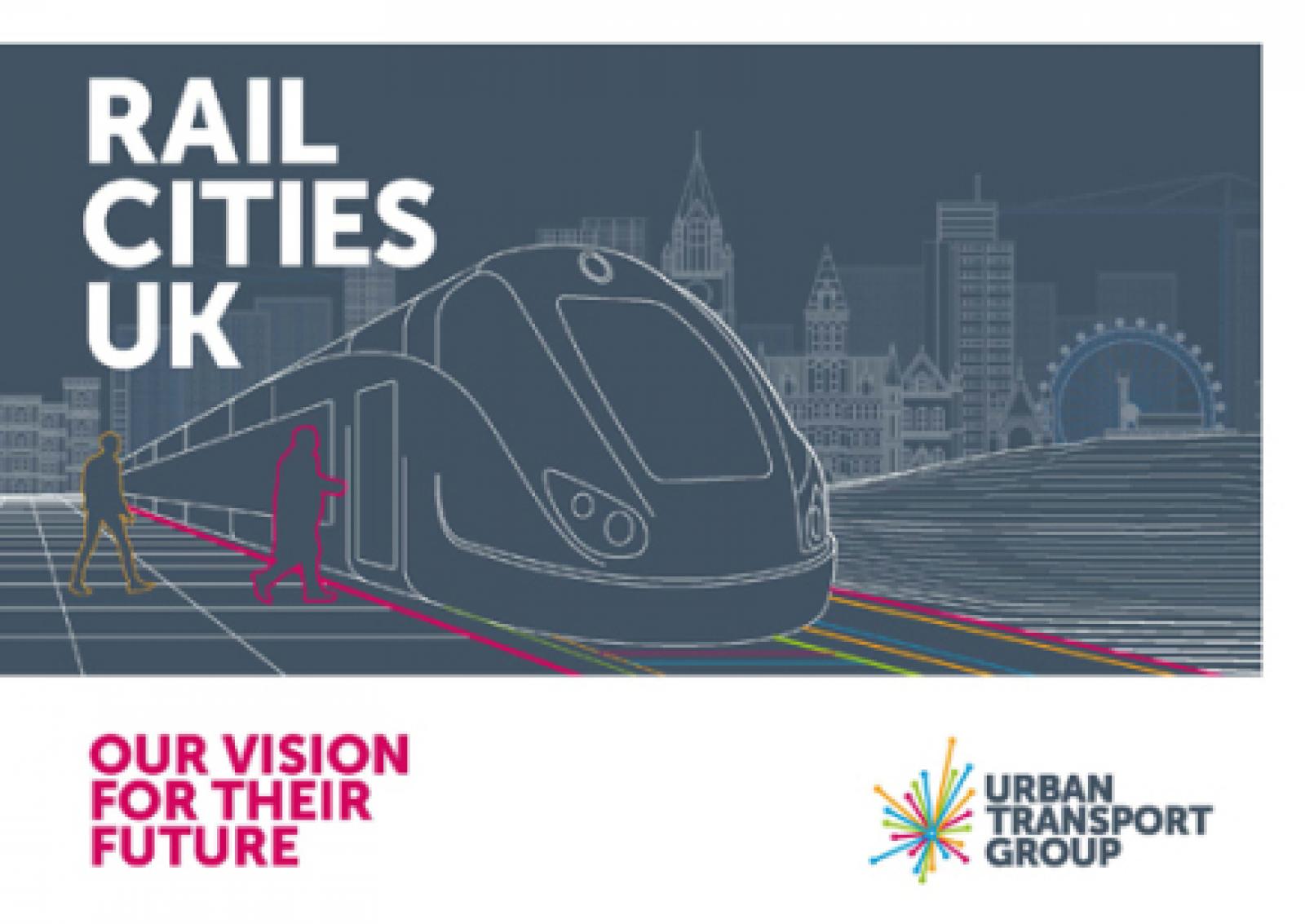Time is right for fresh thinking on future of urban rail

The recent meltdowns on Northern and Thameslink not only left many passengers besides themselves with frustration about not being able to get to work on time - or at all - it also led to a firestorm of criticism and condemnation from politicians and media alike. With the immediate shock of that first Monday morning of the meltdown passed there’s a now a bigger debate about whether the way that rail services are provided for cities needs some far reaching reform.
Before coming to that the first thing to say (and as we set out in our Rail Cities UK report that we launched today) is that the fundamentals for urban rail remain very strong. Here’s why.
All cities want to become denser, more dynamic places which attract the best people to the growth sectors of the economy (including the ‘flat white economy’ of media, communications and information).
In order to achieve this, as well as to improve air quality, cities are also reducing space for motorised traffic in favour of space for people. It’s very difficult to see how this can be achieved without expanding rail networks and their capacity.
What’s more if housing need is to be met without creating more sprawl and traffic congestion then again its rail that will be key because it opens up former rail-connected brownfield industrial sites, it extends commuting range plus housing can be built above or around new or existing rail stations and interchanges. In some ways there’s nothing new here.
From Metro-land to Docklands successful cities have always grown with their rail networks. And to be fair there is significant investment going into urban rail at present – for example Northern will get a lot better (the pacers are doomed) and Merseyside and Tyne and Wear are getting a whole new fleet of trains for their urban rail networks. However much (but not all) of this investment is incremental or replacing rolling stock on its last legs – it stops short of a wider vision for the rail cities that we need.
What would that look like in practice?
There comes a point when the biggest cities need more cross city routes because running trains in and out of edge of centre termini can’t cope with the numbers. Hence the push for Crossrail Two in London but also the need for more cross city capacity in cities like Birmingham (on the Snow Hill route) as well as in Manchester (on the Oxford Road to Manchester Piccadilly corridor as well as a potential new underground route).
Tram-train technology can also help - allowing the lucky commuter that benefits to get on board at their local station and get off right outside their city centre office on main street in the city centre rather than piling out at a Victorian railway terminal on the edge of that city centre. Tram-trains aren’t the only tech fix available. Battery packs can extend the range of existing electric trains deeper into the ‘look ma no wires’ hinterlands as well as allow trams to glide through city centres without the expensive clutter of overhead wires. More mundane but equally useful work to increase capacity through signalling, station, track and junction work offers the opportunity to move to turn up and go networks with greater capacity and more reliability. Networks that start to emulate the best of what comparable German rail cities already enjoy. Interlocking networks of long distance, regional express, regional, s-bahn, u-bahn, trams and buses – under common ticketing.
But in talking about Germany and common ticketing I am now getting back to where I started around the debate on whether some fundamental change is needed on how urban rail networks are provided.
Obviously there is a bigger national discussion going on about whether the current structure is just too layered with too many costly interfaces and too fractured a chain of command.
And in addition whether the railway should be publicly or privately owned and operated. But it’s been heartening to see the growing recognition that regardless of how these debates are resolved that more devolution for urban and regional services should be part of any solution. Not only because fully devolved services have been out-performing comparators operationally and passenger satisfaction but because local control rather than remote control from Whitehall will mean that the dots can be joined between rail and housing, between rail and the wider re-fashioning of city centres and between rail and local communities (for example through repurposing stations as wider hubs for local community use, enterprises and housing). It will also allow (as in German rail cities) for rail and the rest of local urban public transport networks to be part of one system rather than be just on nodding terms as is all too often the case at present.
The crisis on Northern and Thameslink has been a miserable experience for rail users, affected cities and the rail industry. If any good has come out of it, it is that it shows how important rail is to cities and opens up a space for some bigger thinking about what kind of rail cities we will need for the future - and how best we can make that happen.

